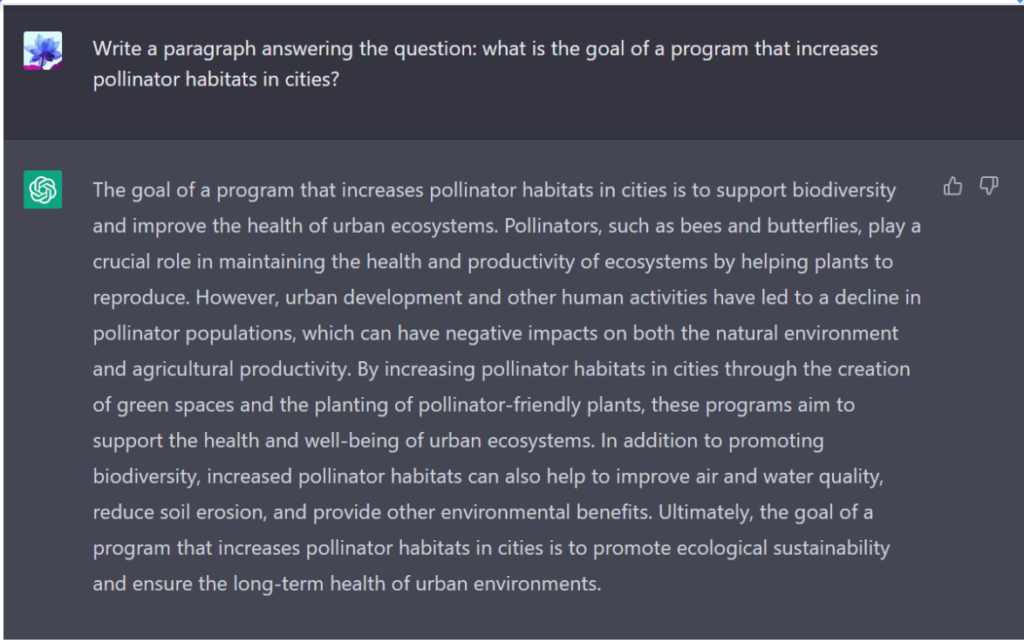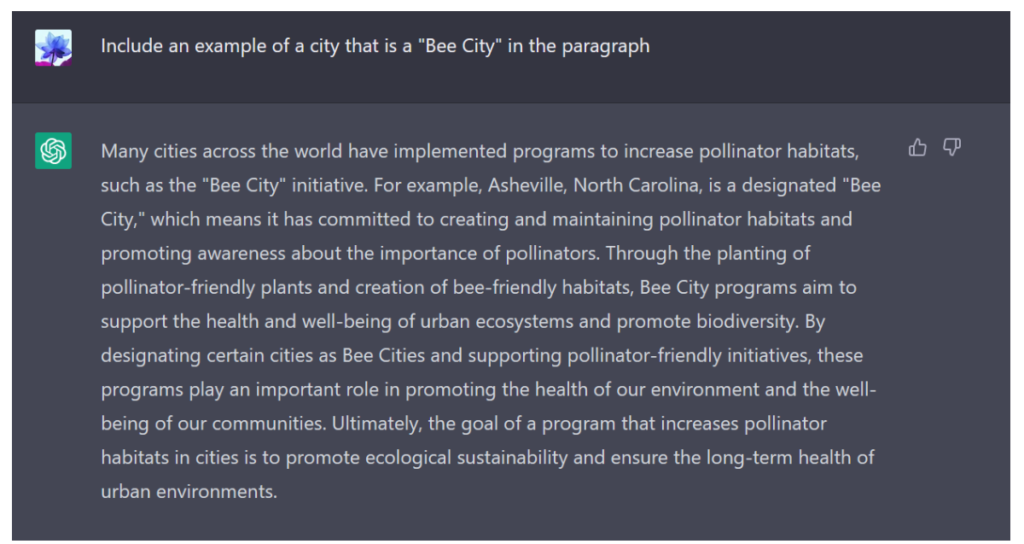A trend among some funders at the national, regional & local level is the adoption of impact investing strategies. Foundations and large funders still provide grants, but are blending the “investment” model with traditional grants.
=>see below for a list of Impact Investors in MN
The investment portion aims to produce both financial returns and positive societal change, aligning their capital with market-driven solutions. This shift is largely driven by the desire for sustainable, long-term impact where capital can be reinvested rather than distributed as one-time grants. Some funders see private capital and market mechanisms as more efficient in driving social change compared to traditional charity models. Furthermore, impact investments often come with defined metrics, allowing for greater accountability and transparency in tracking results.
The rise of blended finance models also allows funders to use their capital as catalytic funding, leveraging private sector investments through mechanisms like loan guarantees and program-related investments (PRIs). Regulatory and tax considerations further encourage this shift, as impact investing offers foundations flexible financial options, especially with mission-related investments (MRIs). Foundations embracing this shift include the Ford Foundation, which has committed $1 billion to mission-related investments in areas like affordable housing, and the Rockefeller Foundation, which focuses on climate resilience and healthcare through impact investments. Other prominent foundations, such as the MacArthur Foundation, Kresge Foundation and Omidyar Network, have also committed significant funds to impact investing in sectors like housing, climate solutions, and economic empowerment.
It is important to clarify a funder’s approach—whether they are offering grants, investments, or a blend. Asking about the funder’s expectations for financial returns and reviewing past funding models can provide insight into their approach. Adapting your language to focus on scalability, sustainability, and return on impact can make your proposals more appealing to impact investors.
Here’s a list of Key Impact Investors & Funds in Minnesota
- Blandin Foundation focuses on rural impact investing in economic development, broadband expansion, and community resilience. Uses program-related investments (PRIs) to support rural businesses and social enterprises.
- Otto Bremer Trust uses mission-aligned investments (MAIs) and grants to support economic development, community resilience, and racial equity. Provides low-interest loans and direct equity investments.
- Bush Foundation provides social impact investments, grants, and program-related investments (PRIs). Focuses on Native communities, leadership development, and community innovation.
- Cogent Consulting & Wealth Advisory is a Minneapolis-based impact investing and ESG consulting firm. Works with investors looking to align their portfolios with social impact goals.
- Community Reinvestment Fund, USA (CRF) is a Minnesota-based CDFI (Community Development Financial Institution) providing impact investment opportunities. Funds small businesses, affordable housing, and community infrastructure.
- Great Plains Institute (GPI) supports clean energy and sustainable infrastructure projects. Helps investors identify opportunities in renewable energy and climate solutions.
- Local Angel Investor Networks (with Impact Focus) is a Twin Cities Impact Investing Network: Connects investors with mission-driven startups. Gopher Angels invests in Minnesota-based businesses, including social enterprises.
- McKnight Foundation is one of the largest impact investors in Minnesota, allocating $500 million of its endowment for impact-focused investments. Funds clean energy, economic development, and racial equity initiatives.
- MEDA (Metropolitan Economic Development Association) provides capital and investment support for minority-owned businesses in Minnesota. Offers loans, venture capital, and technical assistance.
- Minnesota Impact Investing Initiative (MI3): A collaboration between the Minnesota Council on Foundations (MCF) and financial institutions to invest in projects that generate both social and financial returns. Focuses on affordable housing, small businesses, and environmental sustainability.
- Mortenson Family Foundation invests in climate change solutions, racial equity, and local communities. Provides grants and mission-related investments (MRIs).
- Northwest Area Foundation invests in Native American communities, racial equity, and economic justice. Provides grants and impact investments for economic mobility.
- The Jay & Rose Phillips Family Foundation of Minnesota supports economic empowerment, racial equity, and workforce development. Uses grants and impact investments to create sustainable community change.
- The Saint Paul & Minnesota Foundation engages in impact-first investments to strengthen local communities. Focuses on racial equity, affordable housing, and economic opportunity.
- Social Impact Strategies Group (SISG) is a woman- and BIPOC-led impact investment firm focused on funding local businesses and social enterprises in Minnesota.
Are you interested in learning more about impact investing? Drop us a note — [email protected]. and let us know what you want to know and how it fits into your work.

